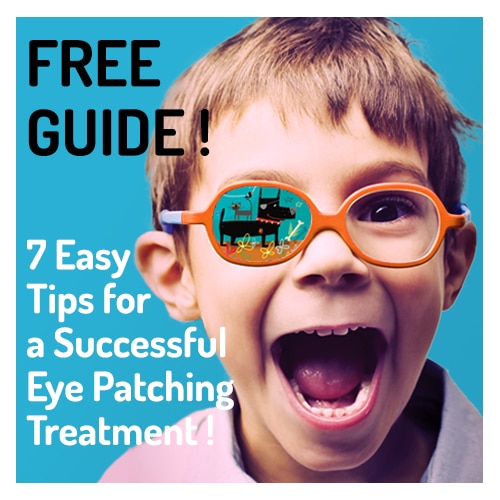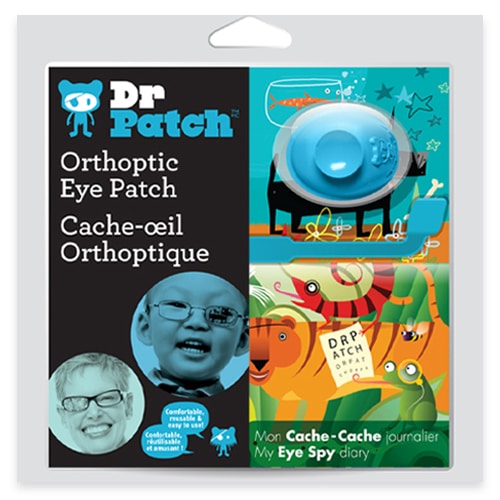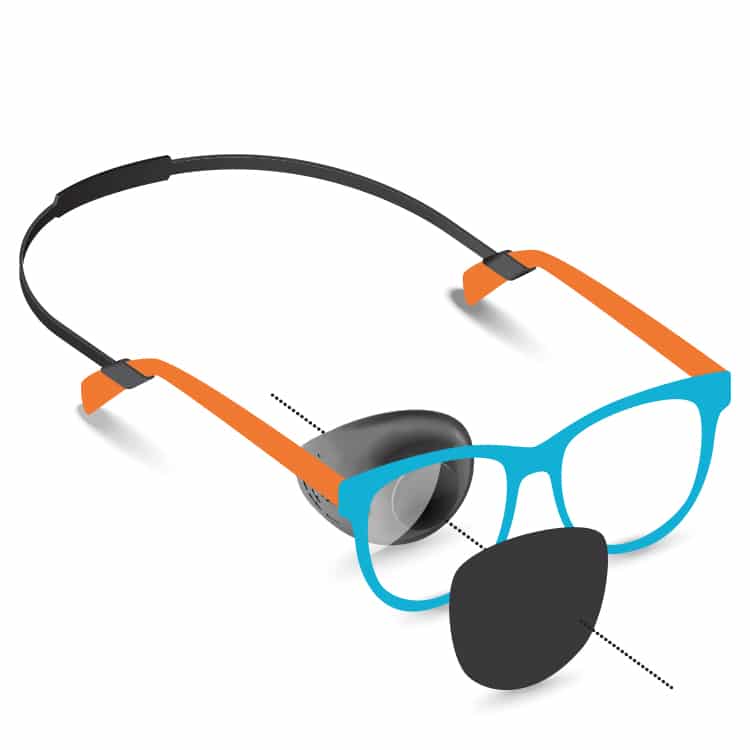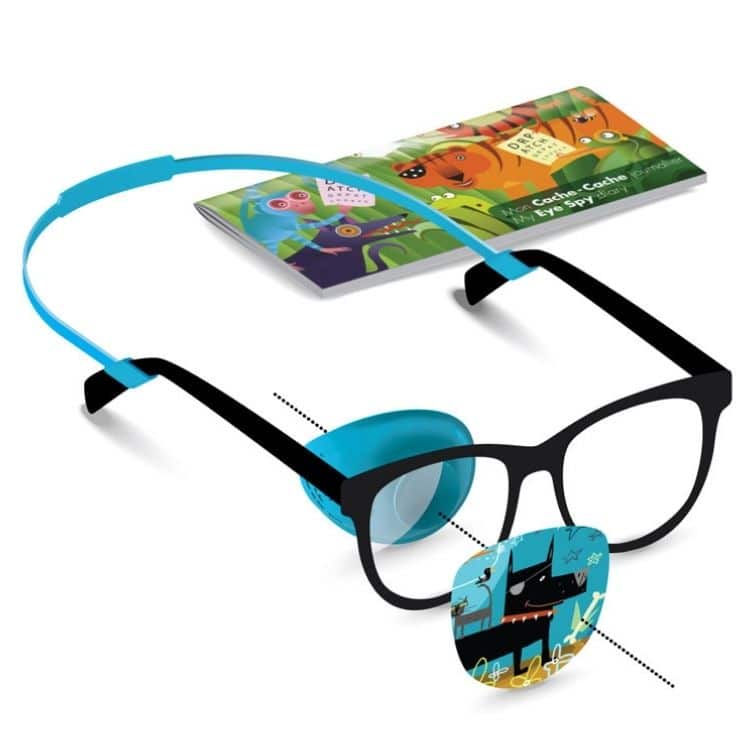A Few Words From DrPatch
Refraction is the process by which the eye bends light to form an image on the retina. Refractive amblyopia can be harder to diagnose unless the child’s vision is tested at an early age.
This kind of amblyopia is when a child has a different amount of refractive error. Unfortunately, the brain decides to turn off the eye with the larger refractive error.
Glasses may initially be used for treatment while the child’s progress is monitored. Upon improving to a certain point, what’s left of the amblyopia is then further treated.
This kind of amblyopia can be treated with vision therapy or by using eye patches. Both techniques may be used together as well. This should then improve visual ability as well as depth perception.
What Is Refractive Eye Surgery?
Refractive eye surgery includes several surgical procedures designed to eliminate or reduce the need for glasses or contact lenses. These procedures correct refractive errors by changing the focus of the eye.
Common procedures such as LASIK and PRK do this by reshaping the curve of the cornea (the clear front window of the eye) to move the point at which light is focused onto the retina (the light-sensitive tissue lining the back of the eye).
Procedures such as Conductive Keratoplasty (CK) use radio frequency energy to bend the cornea, and Phakic Intraocular Lenses (IOLs) place an artificial lens inside the eye to more accurately focus light onto the retina.
Non-Surgical Treatment
Obviously, you’re going to work closely with your doctor and get the best refractive amblyopia treatment for your child. Surgery does not always have to be the answer.
For example, the use of eye drops (in the good eye) has proved to be effective in treating amblyopia. The only consideration here would be that being a drug (atropine), there may be side effects.
The use of eye patches is another effective and popular method. The problem with this method is in trying to get your child to wear it and keep it on for the prescribed length of time.
It may test your patience; however, there are recommended ways of dealing with this. You can organize parties or play special games designed to improve the eye while the patch is on.
The idea is to take your child’s mind off the patch until s/he accepts it.
In any case, the best thing to do is to test your young child’s eyes at an early stage as a precautionary measure. If there is a problem, the chances of correcting the problem with the use of eye patches, eye drops or refractive eye surgery will be good.






